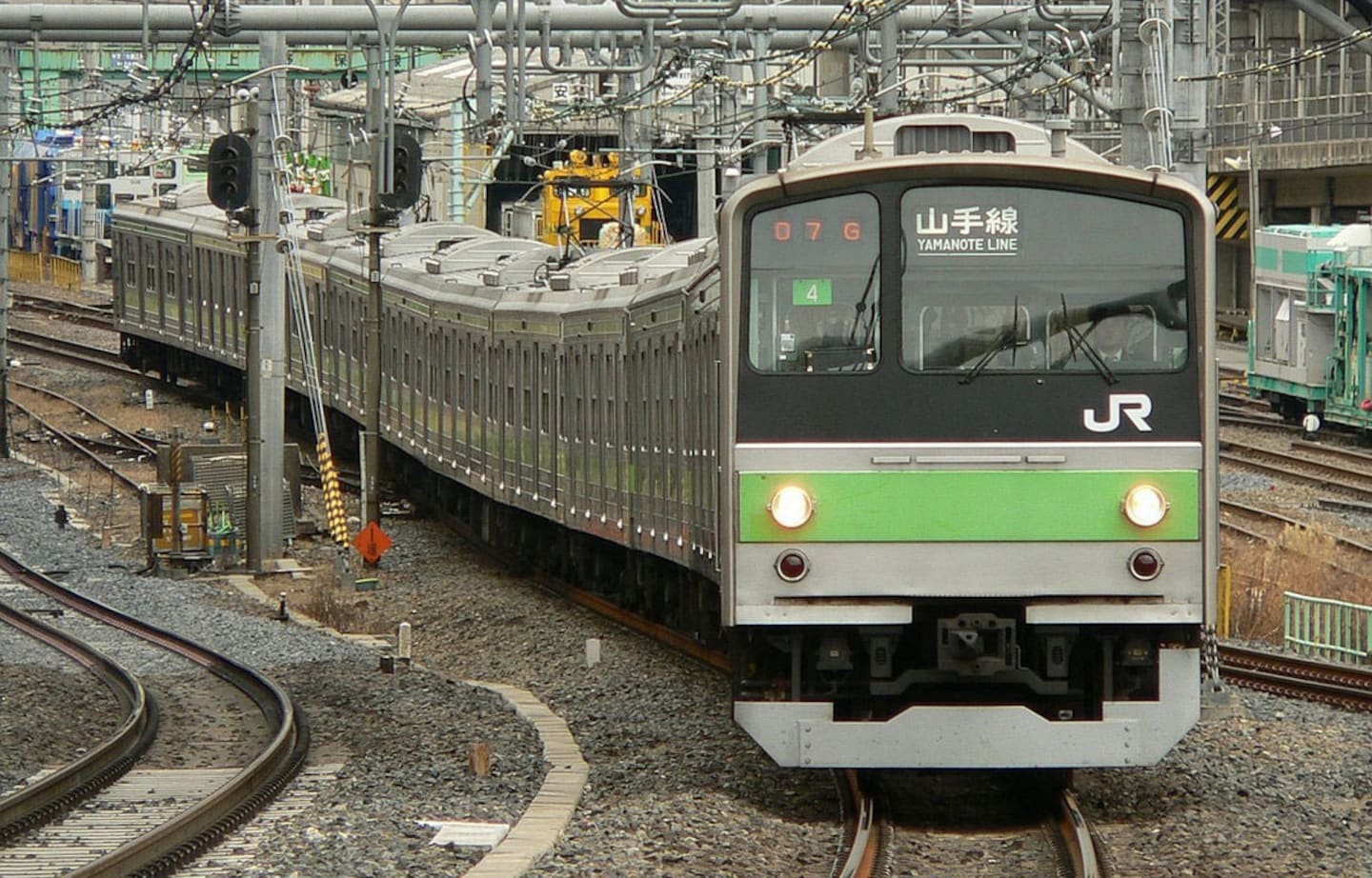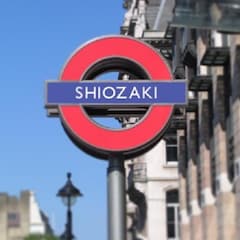The Storied History of the Yamanote Line
The Yamanote Line: one of the busiest and most famous train lines in Japan. It connects all of Tokyo's famous stations: Harajuku, Shinjuku, Shibuya, Ueno and Akihabara, to name a few. While cruising through its iconic neighborhoods, have you ever wondered about its history? Hop on board, because we're taking a journey to its past!
By Thomas ShiozakiIndustrial Revolution of the Meiji Period
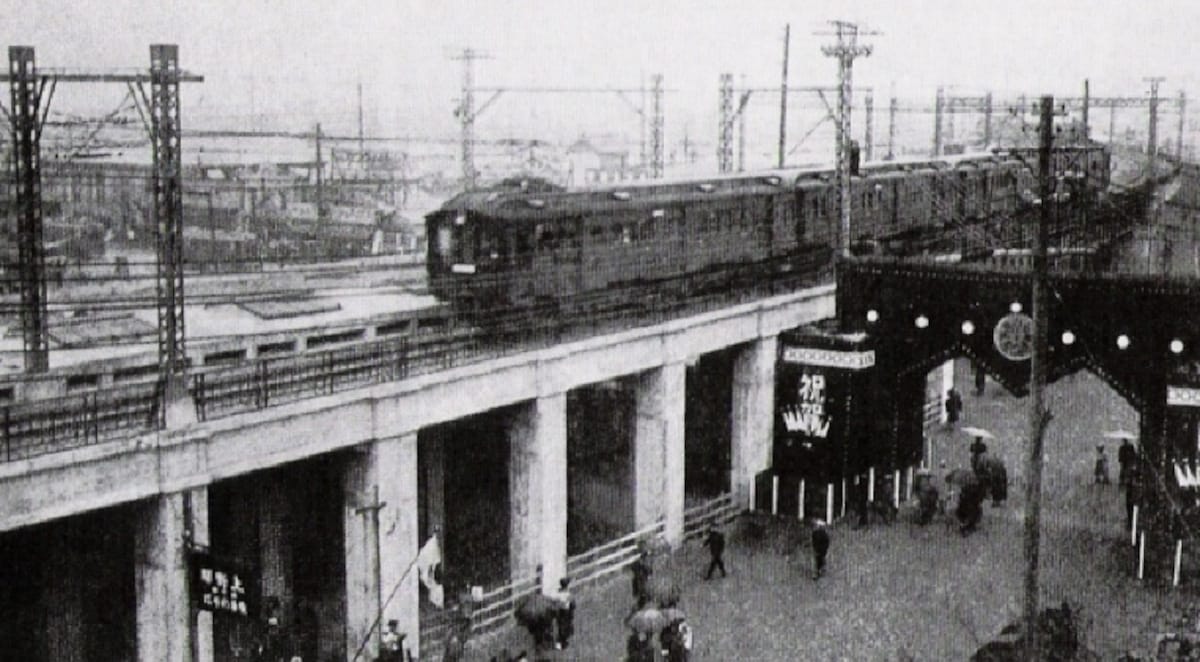
https://en.wikipedia.org/wiki/Yamanote_Line#/media/File:Yamanote_Line_1925.jpg
The predecessor to the Yamanote Line began operation in 1885 under the Nippon Railway Company, running between Shinagawa Station and Akabane Station. Then, another line, the top part of the present-day loop between Ikebukuro and Tabata, opened in 1903. These lines merged in 1909, becoming the first incarnation of the Yamanote Line. At the time, the line extending north to Akabane was considered the main line, while the eastern extension out to Tabata was simply considered a branch line.
Rail construction was slowed by the 1923 Great Kanto Earthquake, but in 1925, Kanda (which had been connected to Tokyo Station through the Chuo Line in 1919) and Akihabara (which had been a freight terminal linked to Ueno since 1890) were linked together, thus connecting Tokyo Station to Ueno and successfully completing the full circle of the Yamanote Line. The image above shows the train arriving in Ueno Station along the "outer circle" (soto-mawari) clockwise direction in 1925.
The War Years
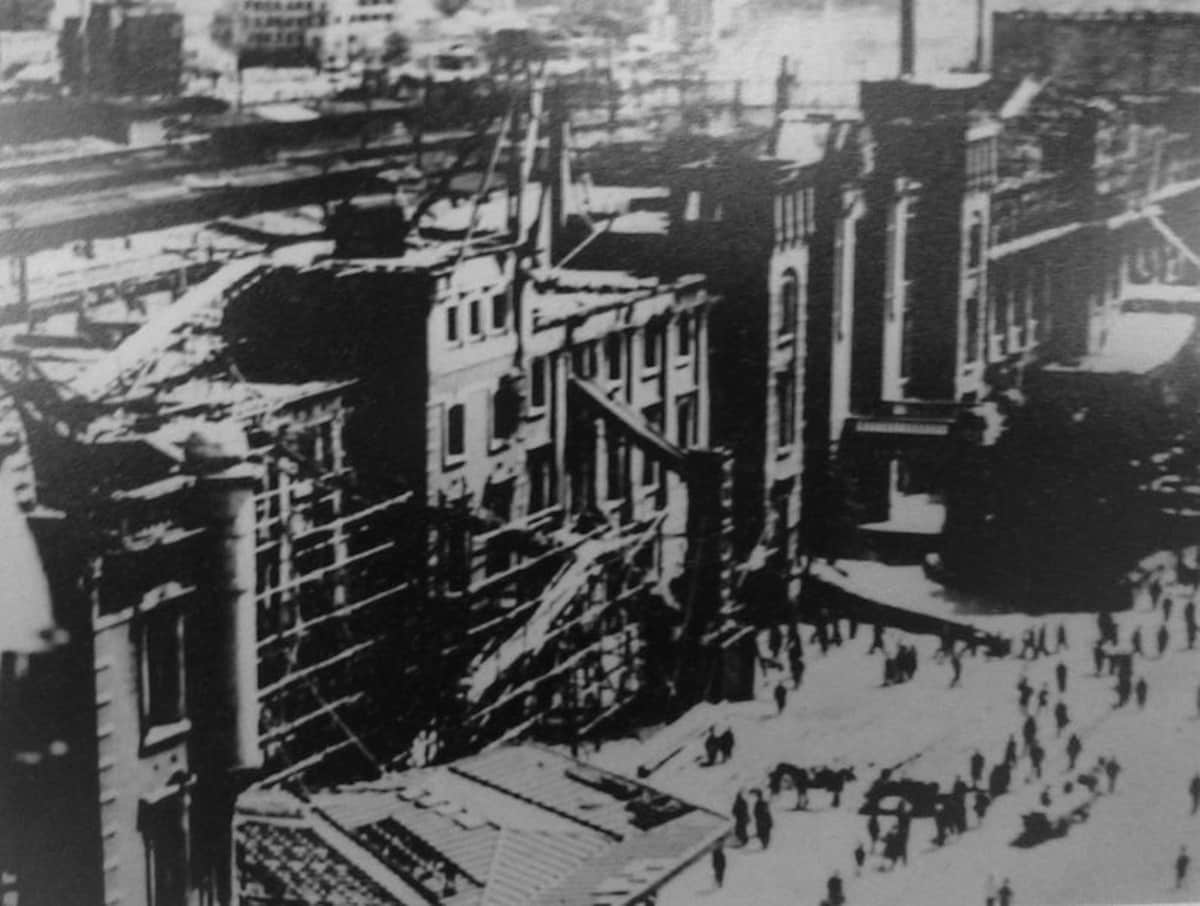
https://ja.wikipedia.org/wiki/%E3%83%95%E3%82%A1%E3%82%A4%E3%83%AB:Tokyostation-japan-afterfirebombs-1945.jpg
Allied bombings during World War II (1939-1945) caused extensive damage to the rail system and stations. While Tokyo Station had miraculously survived the Great Kanto Earthquake, it was burned down in an air raid in 1945, with the destroyed state pictured above. Other stations such as Komagome, Takadanobaba and Shinagawa were also destroyed by bombings. Ueno Station, which had been rebuilt following the earthquake in 1923, actually survived the firebombings, and became a major center of black market activity after the war.
From Occupation to Bubble
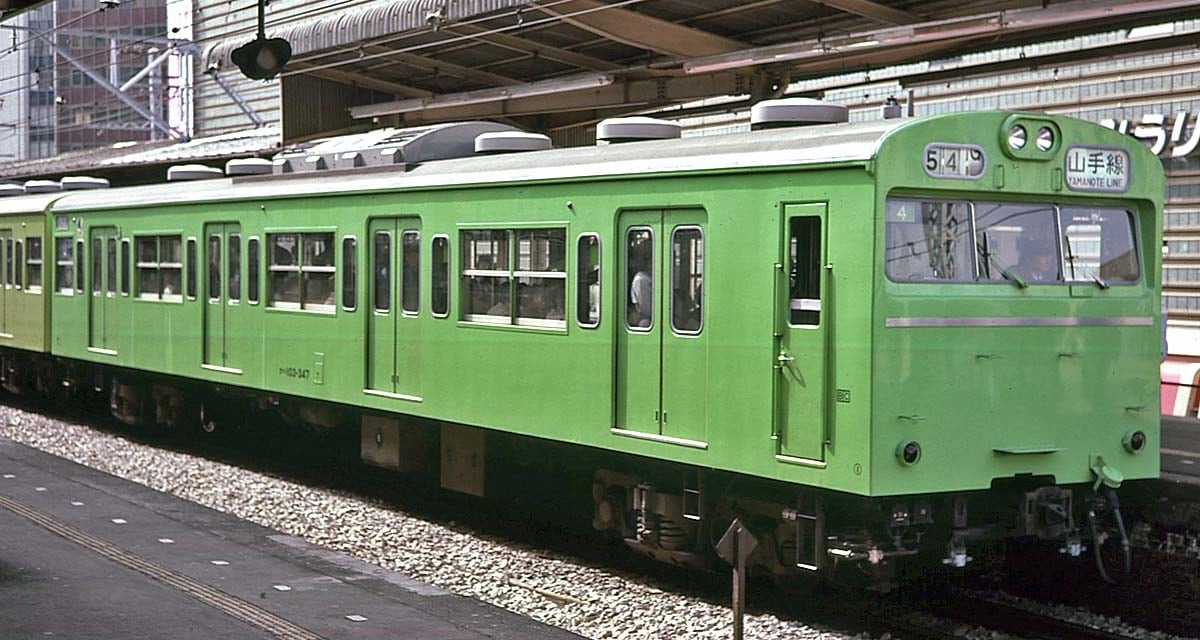
http://www.weblio.jp/wkpja/content/%E5%B1%B1%E6%89%8B%E7%B7%9A_%E6%AD%B4%E5%8F%B2
During the post-war Allied occupation of Japan, the American and Japanese governments worked together to rebuild the country and its rail systems. Train placards were required to be romanized, and the Yamanote's characters, 山手, were romanized as Yamate, the most obvious reading for the kanji (there's essentially an invisible の, or no, in the middle that you just need to know to apply; considering the Yamate area of Yokohama and the road called Yamate-dori use the exact same kanji, it wasn't an entirely unreasonable choice).
The line's iconic light green trains (above) were introduced in 1963, and after years of being known as both the Yamate and the Yamanote, Japanese National Railways officially changed the name back to Yamanote in 1971.
Japanese National Railways was privatized in 1987, and ownership of the line was passed to the Japan Railways Group, better known as JR. The Yamanote Line has since been operated by JR East.
The Lost Decade to the Present
https://www.youtube.com/watch?v=hSXPZjgnT_Y
The burst of Japan's 1986-to-1991 economic bubble opened up the so-called "Lost Decade" from 1991 to 2001—though the time period up to 2010 is now also often included as well.
But even though the Japanese economy has been slow for more than 20 years, development of the Yamanote Line has never stopped. More advanced trains (such as the E235, above) have been introduced for smoother journeys, and platform edge doors (below) have been installed for safety at several stations along the route, such as at Harajuku and Ebisu.
In March 2020, a new station, Takanawa Gateway Station, opened between between Shinagawa and Tamachi stations.
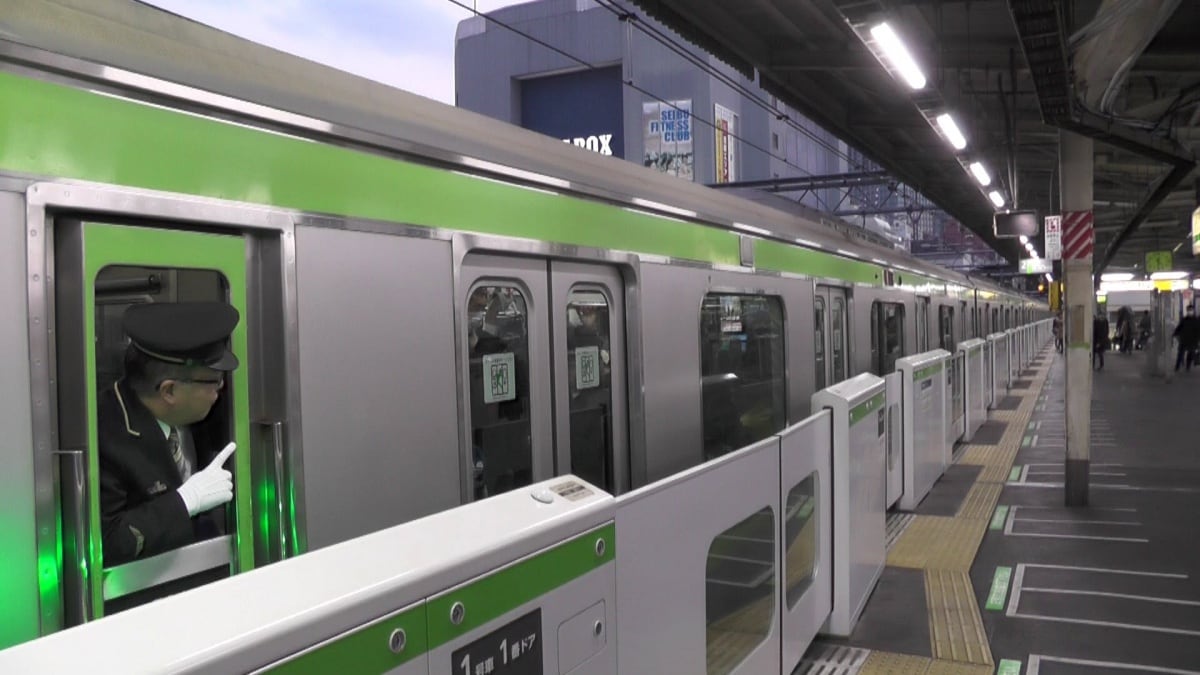
http://mobile.1080.plus/?_wJ_qJxIgVo.video
Connecting the three busiest stations in the world—Shinjuku, Shibuya and Ikebukuro—the Yamanote Line continues to circle around the heart of Tokyo!


